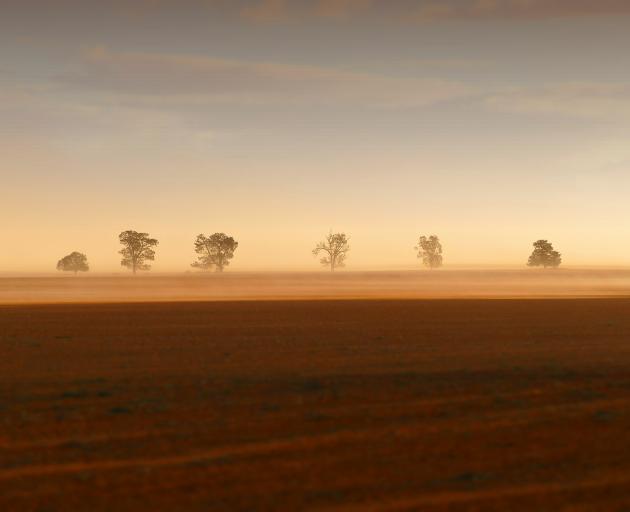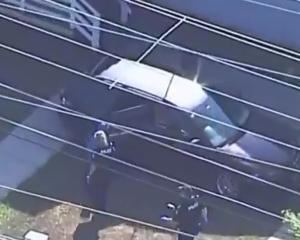
Projections from the state's river operator and bulk water supplier WaterNSW have revealed the worst-case scenario for NSW if there's no significant rainfall or government intervention.
Under the worst-case scenario, the first towns to lose water supply will be Dubbo, Cobar, Nyngan and Narromine in November when the Macquarie River is forecast to run dry.
The Macquarie River experiences an average inflow of 1448GL annually but in the past two years has seen just 97GL enter the river system, data seen by AAP shows.
It's been described as a "critical" situation by NSW Water Minster Melinda Pavey, who says the government is doing "everything humanly possible" to support communities.
"NSW was awash with water in 2016 and it's bone dry right now. It's resulting in unprecedented pressures not only on farmers but now on town water supplies," Ms Pavey told reporters in Canberra on Sunday.
"This is a drought of unprecedented proportions."
The Nationals MP said the government will look at finding water in bores to extend town water supplies.
Ms Pavey pointed to the Murray-Darling Basin Plan which is "tearing communities apart" as water flows through Queensland, NSW and Victoria to South Australia which she says is a "full of water".
"They have a desalination plant that could be putting hundreds of gigalitres in yet it's not working at 100 per cent capacity ... that does cause frustration," she said.
Australia's longest river - the Murray - which is part of the basin plan, has been severely affected with 901GL of water entering the system in the past 12 months compared to its annual average of 5000GL.
The data shows that Menindee Lakes - which is a source of flows for the Lower Darling - received just six gigalitres of water in the past year.
It's annual inflow average is 1387GL.
The lakes sit within the town of Menindee which experienced mass fish deaths along the Darling River last summer.
Under the worst-case scenario, the Lachlan River, which runs through the state's central west, is projected to run dry by March 2020 leaving the towns of Forbes, Cowra and Parkes without water supply.
The river is the fourth longest in Australia and annually receives an average of 1212GL of water but in the last year recorded inflows of just 107GL.
A group of rivers which straddle the NSW and Queensland border and supply water to the towns of Boggabilla, Ashford and Goondiwindi, received just 17GL of inflows in the past year compared to an annual average of 1000GL.
WaterNSW predicts the Border rivers will run dry by September 2020 in a worst-case scenario.
The data predicts that most of Sydney's water supply will remain flowing until at least October 2021 when, under the worst-case scenario, the upper Nepean River will run dry.
Australia's largest urban water supply dam - Warragamba Dam - is projected to stop flowing by January 2022, according to the data.
Warragamba Dam received 105GL of water in the last year compared to its annual average of 1069GL.
Federal Labor leader Anthony Albanese called on the coalition to implement a proper drought strategy.
"We need to act," Mr Albanese told reporters in Sydney on Sunday.
"What is the strategy for the government ... We can't afford to wait until 2022 because these towns are running out of water right now."













